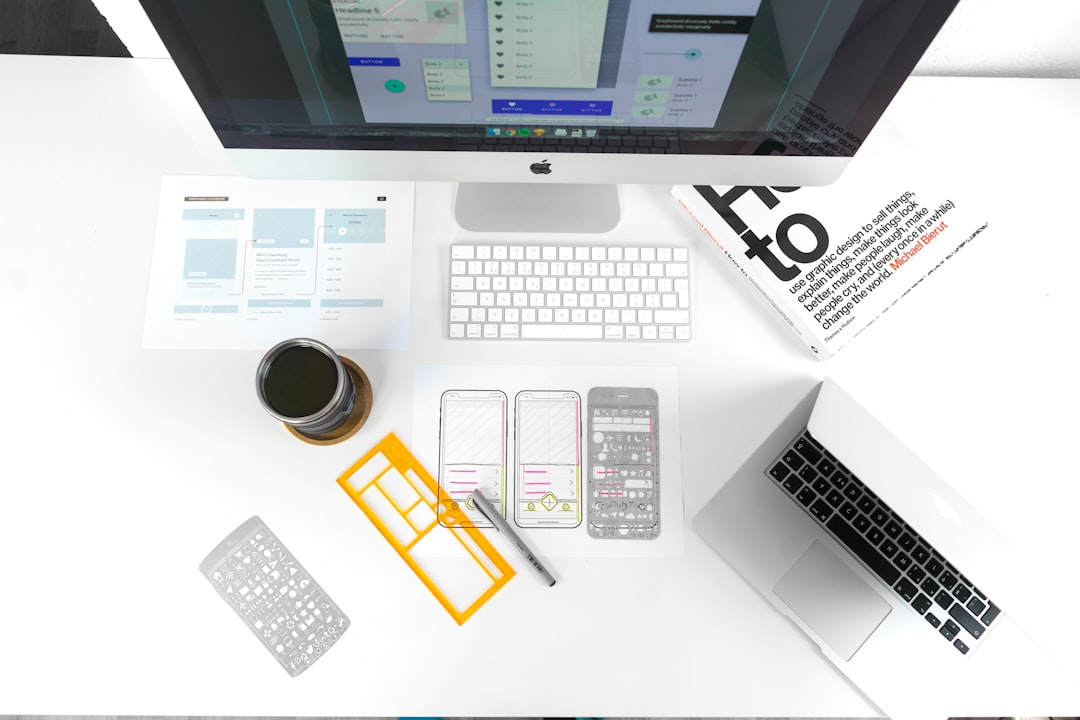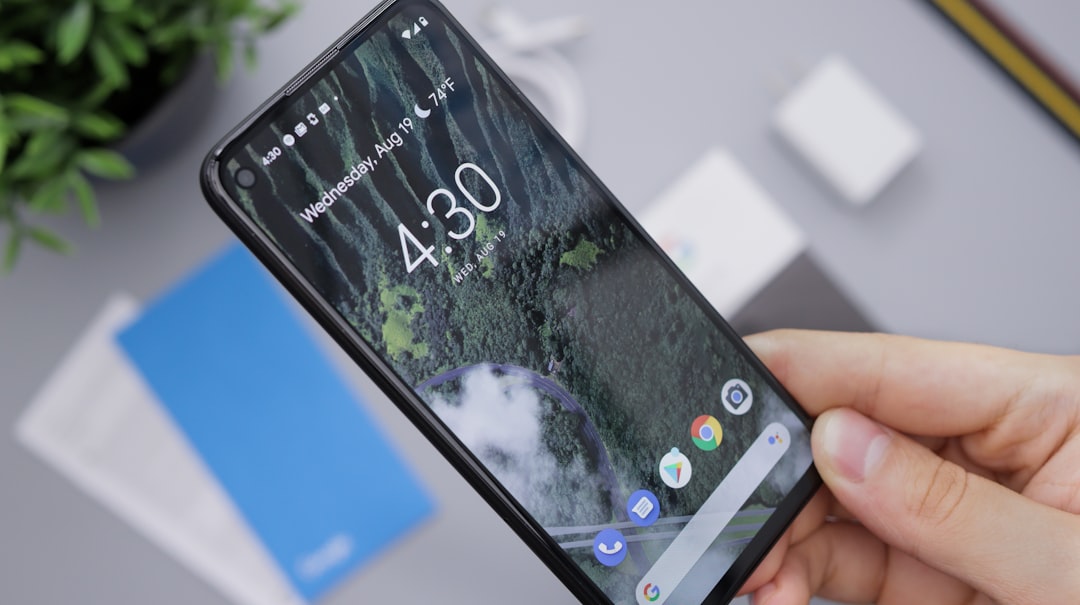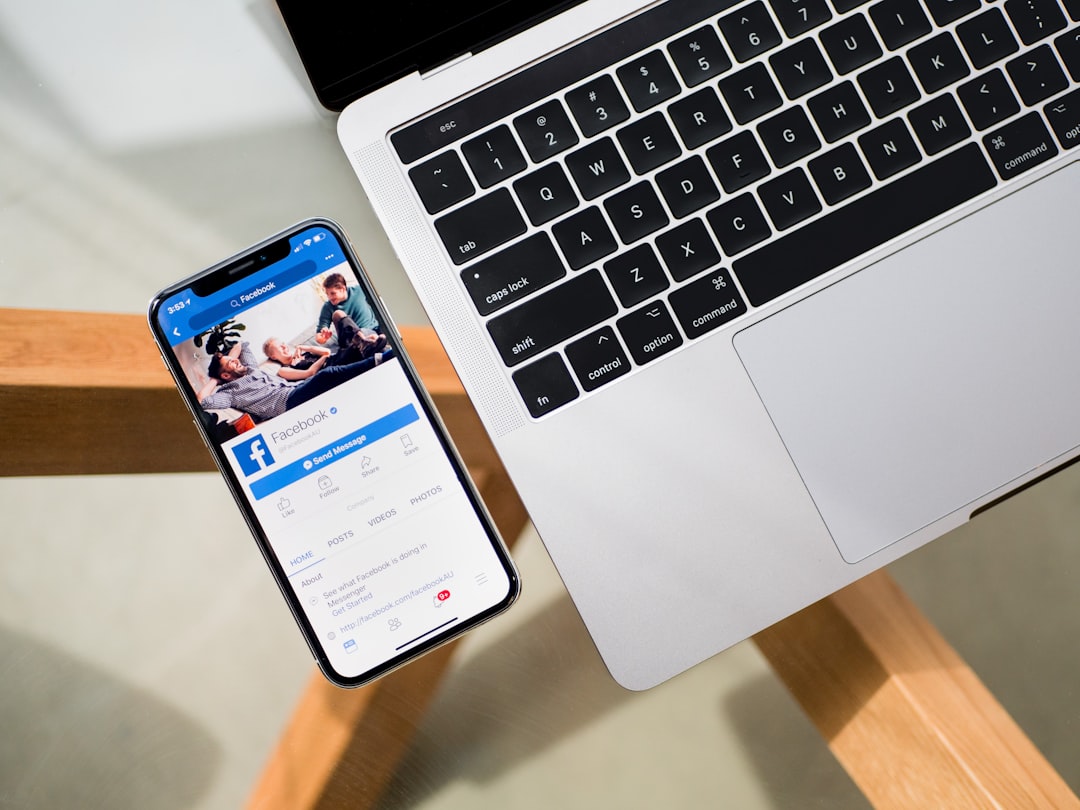When you think of iconic brands, what comes to mind first? Likely, it’s their logo, colors, or a specific font. These visual elements are not just aesthetics—they are essential components of a brand’s identity, conveying its personality and values at a glance. The same principle applies to your personal brand.
Creating a strong visual identity is a powerful way to stand out and make a memorable impression, whether you’re networking, job hunting, or marketing yourself online. In this post, we’ll explore how to craft a cohesive visual identity that reflects who you are and what you stand for.
What Is a Visual Identity?
Your visual identity is the collection of design elements that represent your personal brand. It includes:
- Logo: A symbol or design that acts as a visual shorthand for your brand.
- Color Palette: A set of colors that evoke specific emotions and reinforce your message.
- Typography: Fonts and text styles that convey your personality.
- Imagery: The type of photos, illustrations, or graphics you use.
- Design Style: A consistent tone across your materials, such as modern, minimalist, or bold.
These elements work together to create a recognizable and cohesive image, making it easier for people to connect with your brand.
Why Your Visual Identity Matters
A well-defined visual identity does more than make you look polished—it:
- Builds Recognition: Consistency across platforms helps people remember you.
- Communicates Professionalism: A cohesive design shows that you take your personal brand seriously.
- Reflects Your Values: Colors, fonts, and images can subtly convey what you stand for.
- Creates Emotional Connection: People are drawn to visuals that resonate with them, increasing their likelihood of engaging with your content.
How to Create a Visual Identity for Your Personal Brand
1. Define Your Brand Personality
Before diving into design, take some time to define your personal brand. Ask yourself:
- What are my core values?
- What message do I want to communicate?
- How do I want people to feel when they interact with my brand?
For example, if you’re a creative professional, your brand might be playful and bold. If you’re a consultant, you might aim for professionalism and trustworthiness.
2. Choose a Color Palette
Colors evoke emotions and associations, so choose a palette that aligns with your brand personality.
- Blue: Trust, professionalism, and calmness.
- Yellow: Optimism, energy, and creativity.
- Red: Passion, urgency, and boldness.
- Green: Growth, health, and harmony.
- Black and White: Elegance, simplicity, and sophistication.
Use tools like Coolors or Adobe Color to experiment with combinations. Stick to 3–5 colors: a primary color, a secondary color, and accent colors.
3. Pick the Right Fonts
Typography is a subtle yet powerful way to convey your personality.
- Serif Fonts: Traditional and professional (e.g., Times New Roman).
- Sans-Serif Fonts: Clean and modern (e.g., Arial, Helvetica).
- Script Fonts: Elegant and creative (e.g., Brush Script).
Choose 2–3 fonts: one for headings, one for body text, and optionally an accent font for special use.
4. Design a Logo
A logo is the cornerstone of your visual identity. While it can be as simple as your initials, it should:
- Be unique and memorable.
- Reflect your industry or personal style.
- Be scalable for use on websites, social media, and business cards.
Use tools like Canva or hire a professional designer to create a high-quality logo.
5. Curate Your Imagery
Images are often the first thing people notice, so ensure they align with your brand.
- Photos: Use high-quality, professional photos for your profile and posts.
- Graphics: Opt for clean and cohesive graphic styles.
- Filters: Apply consistent filters to create a unified look across your platforms.
Free resources like Unsplash and Pexels can help you find high-quality images that fit your aesthetic.
6. Be Consistent Across Platforms
Your visual identity should remain consistent wherever your brand appears. This includes:
- Social media profiles (profile pictures, banners, and post designs).
- Websites and blogs.
- Resumes, portfolios, and email signatures.
Using a brand style guide can help you stay consistent. This document outlines your color codes, fonts, logo usage, and design rules.
7. Evolve When Necessary
As you grow professionally, your visual identity may need adjustments. Don’t be afraid to update your logo, colors, or design style to reflect new directions in your personal brand.
Tools to Help You Create Your Visual Identity
- Canva: For designing logos, social media graphics, and presentations.
- Figma: A robust design tool for creating web and mobile-friendly visuals.
- Adobe Suite: Industry-standard tools for professional graphic design.
- Brand Kit in Canva Pro: Helps you store your colors, fonts, and logos in one place for consistency.
Examples of Personal Brand Visual Identities
- Marie Forleo: Bold and colorful visuals reflect her vibrant personality and empowering message.
- Gary Vaynerchuk: Minimalist design with a focus on clean fonts and professional headshots.
- Ali Abdaal: Bright and approachable colors combined with consistent fonts and engaging thumbnails.
Conclusion
Your visual identity is the first impression you make on your audience. By carefully crafting your colors, fonts, imagery, and overall design style, you can create a memorable and authentic personal brand that resonates with your audience.
Remember, your visual identity isn’t just about looking good—it’s about telling your story in a way that connects with people. Start small, stay consistent, and watch your brand grow.
What design elements are most important to your personal brand? Share your thoughts in the comments below!










0 Comments